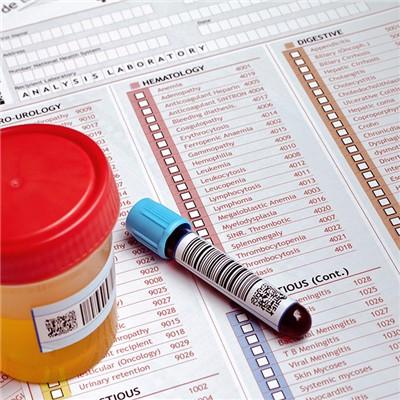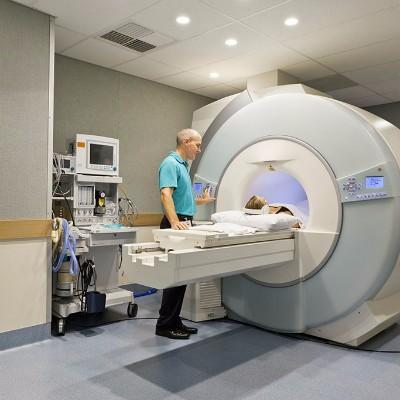Symptoms of measles in children
summary
Measles in children is a highly infectious disease caused by measles virus infection in children, which mainly affects the skin and respiratory tract. Measles is one of the common diseases in clinic. Generally, the disease is caused by a virus. However, in the current clinical and medical above, there is no specific drug to directly kill the measles virus, so in the treatment of this disease must be treated as soon as possible. Let's talk about the symptoms of measles.
Symptoms of measles in children
1. Incubation period: children measles incubation period is generally 10-14 days, also as short as 1 week or so. There may be slight temperature rise during the incubation period.
2. Prodromal period: the prodromal period of measles in children is also called pre eruption period, which is generally 3-4 days. The main manifestations of this stage are similar to the symptoms of upper respiratory tract infection: 1) fever, seen in all cases, is more than moderate fever; ② Cough, runny nose, tears, pharyngeal congestion and other catarrhal symptoms, eye symptoms prominent, conjunctival inflammation, eyelid edema, increased tears, photophobia, lower eyelid edge has an obvious congestion line (Stimson line), is very helpful for the diagnosis of measles in children. ③ Koplik spots, which appeared 24-48 hours before eruption, were 1.0 mm in diameter gray white spots with red halo outside. They were only seen on the buccal mucosa facing the lower molar at first, but increased rapidly in one day. They could involve the whole buccal mucosa and spread to the lip mucosa. The mucosal rash disappeared gradually after the appearance of the rash, leaving dark red spots; ④ Occasionally, skin urticaria, infantile measles, macular rash or scarlet fever like rash disappeared when typical rash appeared; ⑤ Some cases may have some nonspecific symptoms, such as general discomfort, loss of appetite, and mental depression. Infants may have digestive symptoms.
3. Rash stage: the rash stage of children usually occurs 3-4 days after fever. The temperature can suddenly rise to 40-40.5 ℃. The rash begins with a sparse and irregular red macular papule. The skin between the rashes is normal. It begins at the back of the ear, neck and along the hairline edge. It develops downward within 24 hours and spreads to the face, trunk and upper limbs. On the third day, the rash affects the lower limbs and feet. In severe cases, the rash often fuses with skin edema and facial swelling and deformation. Most of the rashes were discolored, but some had ecchymosis. There are lymphadenopathy and splenomegaly in the whole body, which last for several weeks. Mesenteric lymphadenopathy can cause abdominal pain, diarrhea and vomiting. The pathological changes of appendiceal mucosa in children with measles can cause appendicitis symptoms.
matters needing attention
After the child is sick, we must pay attention to the child's physical changes, not infected with bacteria. In addition, due to the poor appetite of children after the disease, so in the diet can choose to eat more meals less diet.










